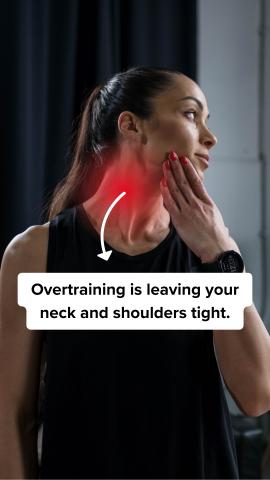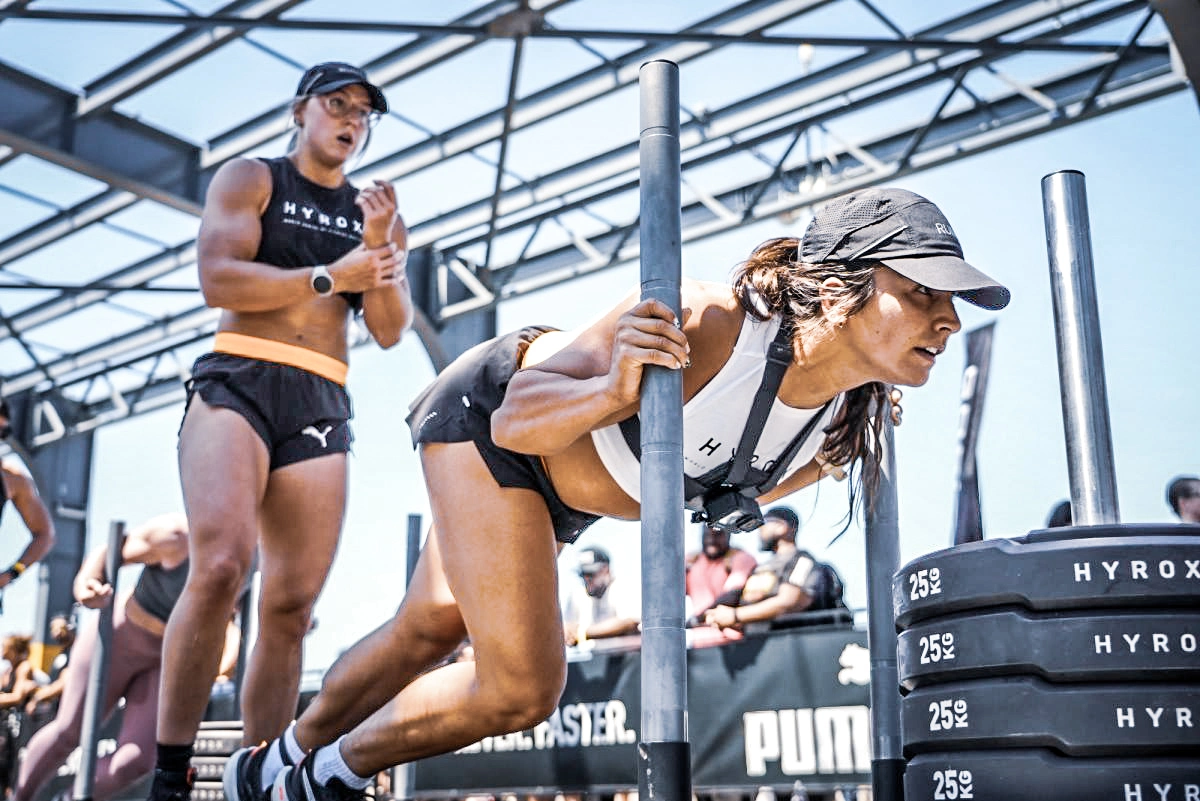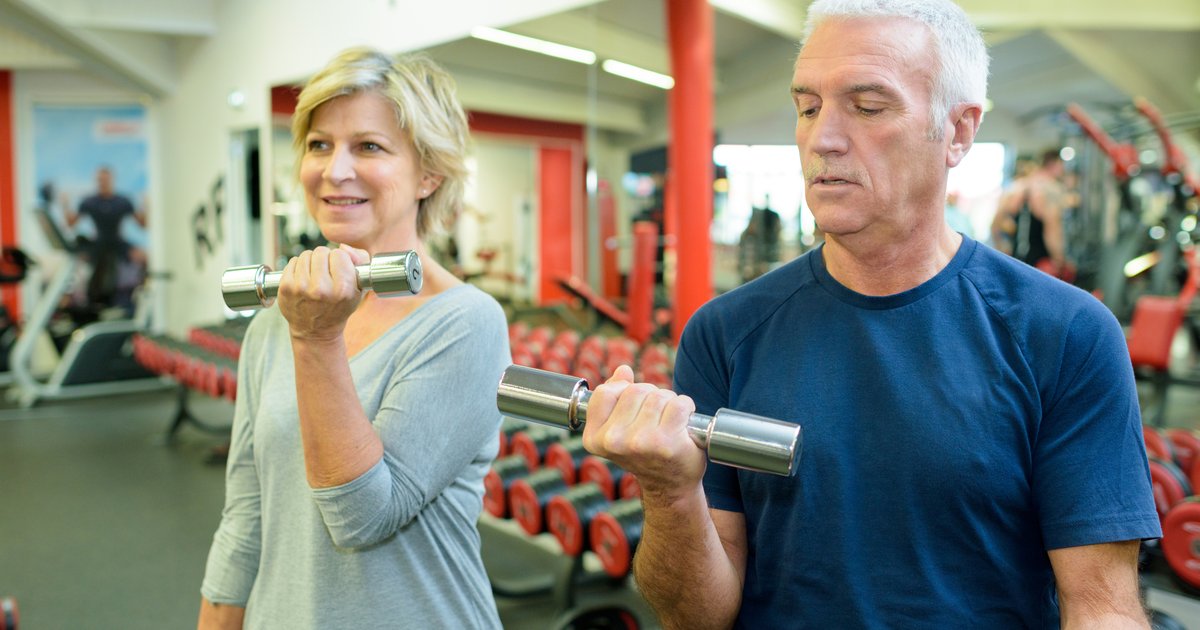More neighborhood fitness spaces linked to higher physical activity levels after stroke

Research Highlights:
- Living in neighborhoods with more recreational and fitness centers may influence people’s engagement in physical activity during the first year after a stroke.
- A small study found that people in New York City who survived a mild stroke were more likely to maintain the same level of physical activity as they did prior to the stroke, or even increase that activity, if they lived in areas with more recreational centers and fitness resources nearby.
Embargoed until 4 a.m. CT/5 a.m. ET, Thursday, Feb. 1, 2024
DALLAS, Feb. 1, 2024 — Stroke survivors were more likely to remain physical activity or even exercise more after their stroke if they lived in neighborhoods with easy access to recreational centers and gyms, according to a preliminary study to be presented at the American Stroke Association’s International Stroke Conference 2024. The meeting will be held in Phoenix, Feb. 7-9, and is a world premier meeting for researchers and clinicians dedicated to the science of stroke and brain health.
“We know that stroke survivors need to be physically active as part of their recovery. Our findings suggest that it’s important to have a conversation with stroke patients about physical activity resources available in their area so they are able to continue their recovery after hospital discharge,” said lead study author Jeffrey Wing, Ph.D., M.P.H., an assistant professor of epidemiology at The Ohio State University in Columbus, Ohio. “If their neighborhood does not offer fitness resources, neurologists should consider discharging the patient to a rehabilitation facility where they can participate in physical activities.”
In this study, researchers examined the potential link between available fitness/exercise centers, pools and gyms and physical activity among 333 people living in New York City who had a mild stroke.The data was geocoded, assigned to the U.S. census tracts, and merged with data from the National Neighborhood Data Archive (collects information about the number of physical activity resources at the census tract level). Geocoding is the process of transforming a description of a location — such as an address or a name of a place — to a location on the earth’s surface. Researchers then examined the association between the number of fitness and recreational centers, such as pools, gyms and skating rinks per square mile, and the self-reported change in physical activity levels — more active, about the same or less active — one year after stroke.
The analysis found:
- About 17% of participants reported being more physically active one year after stroke, and 48% reported having about the same level of physical activity as before the stroke.
- The odds of being more active were 57% higher among participants who lived in areas with more recreational and fitness resources (about 58 fitness resources) compared to people living in neighborhoods with fewer or no fitness resources, after controlling for age, gender, race, ethnicity, education, health insurance and body mass index.
- Similarly, the odds of reporting the same level of physical activity one year after stroke were 47% higher in participants who lived in areas with more recreational centers and fitness resources compared to those who lived in areas with fewer or no resources available.
Previous research has shown that even moderate physical activity is beneficial for stroke recovery and can include walking, Wing said. “However, it’s important to recognize the availability or limited availability of exercise resources in a person’s immediate neighborhood and to be able to feel safe while participating in exercise activities.”
Previous research has found that the characteristics of the built environment of a neighborhood, such as access to healthy food or recreational spaces promoting physical activity, were also linked to lower incidence of stroke, Wing noted.
“The takeaway from this analysis is that it’s not that people should move to a location where there are more resources to engage in physical activity, but to urge people to find ways to be active in their own neighborhood,” said study co-author Julie Strominger, a Ph.D. student of epidemiology at The Ohio State University. “It’s the action that will lead to better outcomes, so just the action of being physically active is what really matters.”
“This study is consistent with prior research on the importance of physical activity for optimal health. The new aspect is the focus on stroke survivors,” said American Stroke Association volunteer expert and EPI and Stroke Council member Daniel T. Lackland, Dr.P.H., FAHA, professor of epidemiology and director of the Division of Translational Neurosciences and Population Studies in the department of neurology at the Medical University of South Carolina in Charleston. “It’s important for health care professionals to discuss maintaining physical activity with stroke survivors: find out if they know of a safe place to exercise, and if they do not, have that information readily available.” Lackland was not involved in the study.
Study details and background:
- The analysis included 333 adults hospitalized for mild stroke and enrolled in the Discharge Educational Strategies for Reduction of Vascular Events (DESERVE) study.
- The DESERVE study was a randomized clinical trial of 546 stroke survivors and conducted in New York City from 2012-2016.
- Participants were 52% women, with an average age of 65 years; they self-identified as 35% Hispanic adults, 31% Black adults, 28% white adults and 6% as “other” race.
The main limitations of the study, according to the authors, are that the findings may not be generalizable to non-urban neighborhoods in the U.S. In addition, the data was extracted from a clinical trial that included only stroke survivors who had a mild stroke, therefore, this association may not hold true for survivors of severe stroke. Also, while people in certain neighborhoods reported more physical activity, that does not necessarily mean that they used the fitness and recreational resources in their neighborhood.
Co-authors, disclosures and funding sources are listed in the abstract.
Statements and conclusions of studies that are presented at the American Heart Association’s scientific meetings are solely those of the study authors and do not necessarily reflect the Association’s policy or position. The Association makes no representation or guarantee as to their accuracy or reliability. Abstracts presented at the Association’s scientific meetings are not peer-reviewed, rather, they are curated by independent review panels and are considered based on the potential to add to the diversity of scientific issues and views discussed at the meeting. The findings are considered preliminary until published as a full manuscript in a peer-reviewed scientific journal.
The Association receives funding primarily from individuals; foundations and corporations (including pharmaceutical, device manufacturers and other companies) also make donations and fund specific Association programs and events. The Association has strict policies to prevent these relationships from influencing the science content. Revenues from pharmaceutical and biotech companies, device manufacturers and health insurance providers and the Association’s overall financial information are available here.
Additional Resources:
###
About the American Stroke Association
The American Stroke Association is devoted to saving people from stroke — the No. 2 cause of death in the world and a leading cause of serious disability. We team with millions of volunteers to fund innovative research, fight for stronger public health policies and provide lifesaving tools and information to prevent and treat stroke. The Dallas-based association officially launched in 1998 as a division of the American Heart Association. To learn more or to get involved, call 1-888-4STROKE or visit stroke.org. Follow us on Facebook, X.
For Media Inquiries and AHA Expert Perspective:
AHA Communications & Media Relations in Dallas: 214-706-1173; ahacommunications@heart.org
Karen Astle: 214-706-1392, Karen.Astle@heart.org
For Public Inquiries: 1-800-AHA-USA1 (242-8721)
heart.org and stroke.org
Related
Neck Cloud Launches Cervical Traction Device For US Fitness Enthusiasts
A new cervical traction device is being launched in the US aimed at fitness enthusiasts, offering a safer, more affordable, and more convenie
How Hyrox Took Over New York – and the Rest…
Hyrox returns to New York this May for a follow-up to last year’s NYC event, which put the popular fitness race on the map in America When
Jane Fonda, Yoga and ‘Pumping Iron’: How the 1970s Changed…
“I think of women’s fitness history as B.J. and A.J. — Before Jane and After Jane,” Ken Alan, a kinesiologist who taught aerobics in the 1970s, said in
The American population is aging, and the fitness industry is…
When it comes to men and women over 50 who aspire to live healthy, 2025 could be a banner year. Why? Well, the numbers tell the story, and this year, more than













